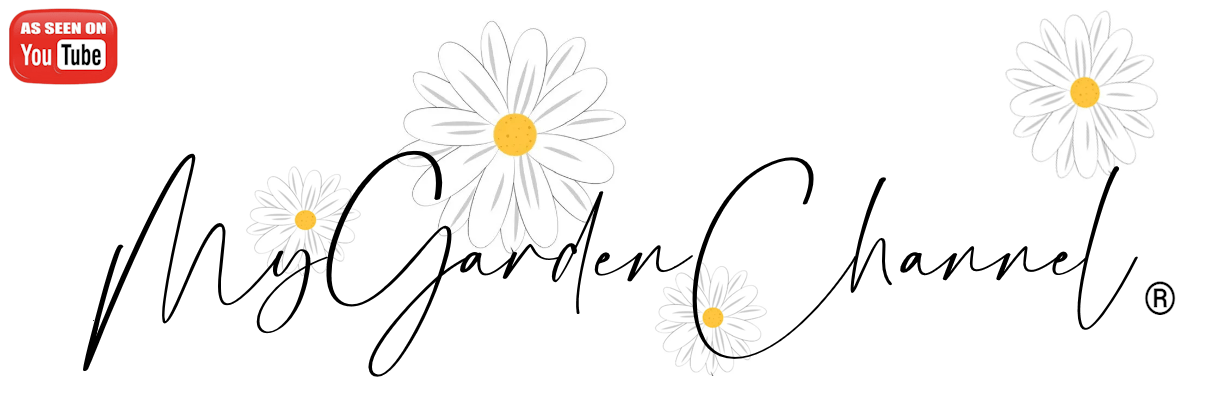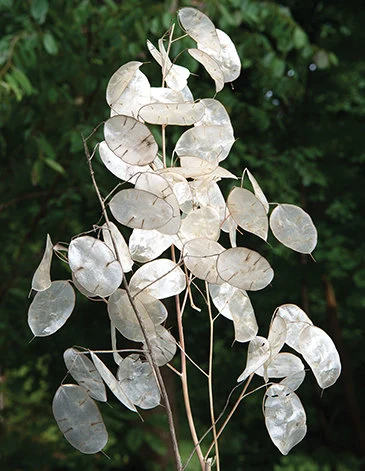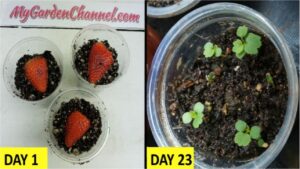The Silver Dollar Plant (Lunaria annua), also known as Money Plant or Honesty, is a charming biennial or short-lived perennial that is grown primarily for its striking, translucent seed pods, which resemble silver coins. The plant has lovely purple or white flowers and can add a unique touch to any garden. Here’s a care guide to help you grow and enjoy your Silver Dollar Plant:
1. Sunlight
- Full Sun to Partial Shade: Silver Dollar Plants thrive in full sun to partial shade. In hotter climates, some afternoon shade can protect them from the heat.
- Best Light Conditions: While they will grow in shaded areas, they bloom best and produce the most attractive seed pods when planted in full sun.
2. Soil Requirements
- Well-Drained, Moist Soil: Silver Dollar Plants prefer moist, well-drained soil. They tolerate a wide range of soil types, but a light, loamy soil is ideal for good root development.
- Soil pH: They do best in slightly acidic to neutral soil (pH 6.0–7.0).
3. Watering
- Moderate Watering: Keep the soil evenly moist but not soggy, especially when the plant is establishing itself. Once the plant is established, it’s moderately drought-tolerant.
- Avoid Waterlogging: Ensure the soil is well-drained to prevent root rot. Water at the base of the plant to avoid wetting the foliage.
4. Temperature and Hardiness
- Cold-Hardy: Silver Dollar Plants are hardy in USDA zones 3-7. They tolerate cooler temperatures and even light frost, making them great for northern gardens.
- Temperature: They prefer moderate temperatures and do not do well in extremely hot or humid conditions.
5. Fertilizing
- Light Feeding: These plants are not heavy feeders, so a light application of a balanced, slow-release fertilizer in the spring will suffice. Too much fertilizer can encourage leafy growth at the expense of flowers and seed pods.
- Compost: Adding organic matter like compost to the soil can help improve soil fertility.
6. Pruning
- Minimal Pruning: Silver Dollar Plants do not require much pruning. You can remove dead or yellowing foliage to tidy up the plant, but this is usually not necessary unless the plant is getting unruly.
- Seed Pods: If you want to harvest the iconic silver seed pods, leave them on the plant as they mature. Once the pods turn a silvery white color, they can be harvested and used in floral arrangements.
7. Pests and Diseases
- Pests: Silver Dollar Plants can occasionally attract aphids, slugs, or snails, especially in damp conditions. You can treat aphid infestations with insecticidal soap or neem oil, and use organic slug repellents if needed.
- Diseases: The plant is fairly resistant to disease, but it can suffer from powdery mildew in humid conditions or when overcrowded. Good air circulation and spacing between plants can help prevent mildew.
8. Mulching
- Mulch: Applying a layer of mulch around the base of the plant helps retain moisture, suppress weeds, and keep the roots cool. Be careful not to pile mulch against the stem, as this can promote rot.
9. Propagation
- By Seed: Silver Dollar Plants are easily propagated by seed. In spring or early summer, sow seeds directly in the garden. Alternatively, start seeds indoors in late winter and transplant them outdoors once the risk of frost has passed.
- Self-Seeding: These plants can self-seed and often return year after year, although you may want to thin them out to prevent overcrowding.
- Division: As a biennial plant, it typically doesn’t need division. However, you can divide it if you want to propagate it during its short life cycle.
10. Flowering and Seed Pods
- Flowers: The plant produces beautiful clusters of small purple or white flowers in the spring to early summer, depending on the climate.
- Seed Pods: After flowering, the plant develops distinctive, disk-like seed pods that are a silvery color when mature. These “coins” are often used in dried flower arrangements.
- Harvesting Pods: Wait until the seed pods are completely dry and papery before harvesting them. This usually occurs late summer to fall.
11. Uses and Aesthetic Value
- Ornamental Use: The Silver Dollar Plant is widely used in gardens for its attractive foliage, flowers, and especially its unique seed pods. It can be used in flower beds, borders, or even in containers.
- Dried Arrangements: The seed pods are often harvested and dried to be used in floral arrangements, crafts, or as natural decor.
12. Special Notes
- Biennial Growth: The Silver Dollar Plant is usually grown as a biennial, meaning it typically grows for two years. It will flower and set seeds in its second year and then die back. However, it often self-seeds, ensuring that new plants will appear the following year.
- Attracts Pollinators: The flowers attract pollinators like bees and butterflies, making it a great addition to a pollinator-friendly garden.
13. Problems to Watch Out For
- Overcrowding: When self-seeding, Silver Dollar Plants can spread quickly. Be mindful of their growth and thin them out if necessary to prevent them from overtaking other plants.
- Dehydration: If the plant is grown in a very dry area, it may struggle to grow well. Regular watering is essential, especially during dry spells.
The Silver Dollar Plant is an easy-to-grow, ornamental plant with distinctive beauty that adds a unique texture and interest to your garden. Whether you’re growing it for the lovely flowers, striking seed pods, or as a self-seeding ground cover, it’s a great addition to any garden or floral arrangement.


